Alternative methods for skeletal maturity estimation with the EOS scanner-Experience from 934 patients
- PMID: 35522608
- PMCID: PMC9075679
- DOI: 10.1371/journal.pone.0267668
Alternative methods for skeletal maturity estimation with the EOS scanner-Experience from 934 patients
Abstract
Background: Hand-wrist bone age assessment methods are not possible on typical EOS 2D/3D images without body position modifications that may affect spinal position. We aimed to identify and assess lesser known bone age assessment alternatives that may be applied retrospectively and without the need for extra imaging.
Materials and methods: After review of 2857 articles, nine bone age methods were selected and applied retrospectively in pilot study (thirteen individuals), followed by evaluation of EOS images of 934 4-24-year-olds. Difficulty of assessment and time taken were recorded, and reliability calculated.
Results: Five methods proved promising after pilot study. Risser 'plus' could be applied with no difficulty in 89.5% of scans (836/934) followed by the Oxford hip method (78.6%, 734/934), cervical (79.0%, 738/934), calcaneus (70.8%, 669/934) and the knee (68.2%, 667/934). Calcaneus and cervical methods proved to be fastest at 17.7s (95% confidence interval, 16.0s to 19.38s & 26.5s (95% CI, 22.16s to 30.75s), respectively, with Oxford hip the slowest at 82.0 s (95% CI, 76.12 to 87.88s). Difficulties included: regions lying outside of the image-assessment was difficult or impossible in upper cervical vertebrae (46/934 images 4.9%) and calcaneus methods (144/934 images, 15.4%); position: lower step length was associated with difficult lateral knee assessment & head/hand position with cervical evaluation; and resolution: in the higher stages of the hip, calcaneal and knee methods.
Conclusions: Hip, iliac crest and cervical regions can be assessed on the majority of EOS scans and may be useful for retrospective application. Calcaneus evaluation is a simple and rapidly applicable method that may be appropriate if consideration is given to include full imaging of the foot.
Conflict of interest statement
The authors have declared that no competing interests exist.
Figures
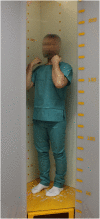
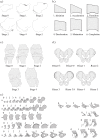

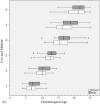

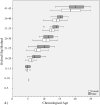



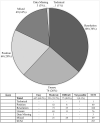
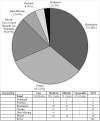
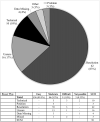

References
Publication types
MeSH terms
LinkOut - more resources
Full Text Sources
Medical

